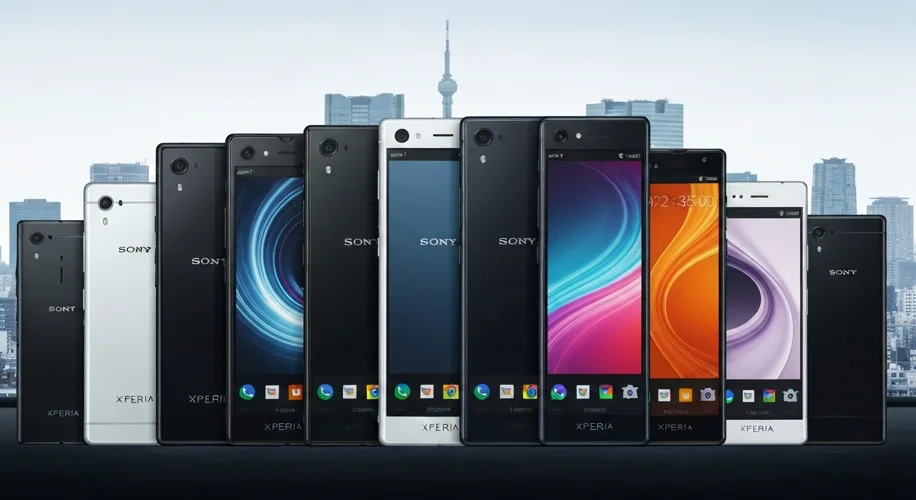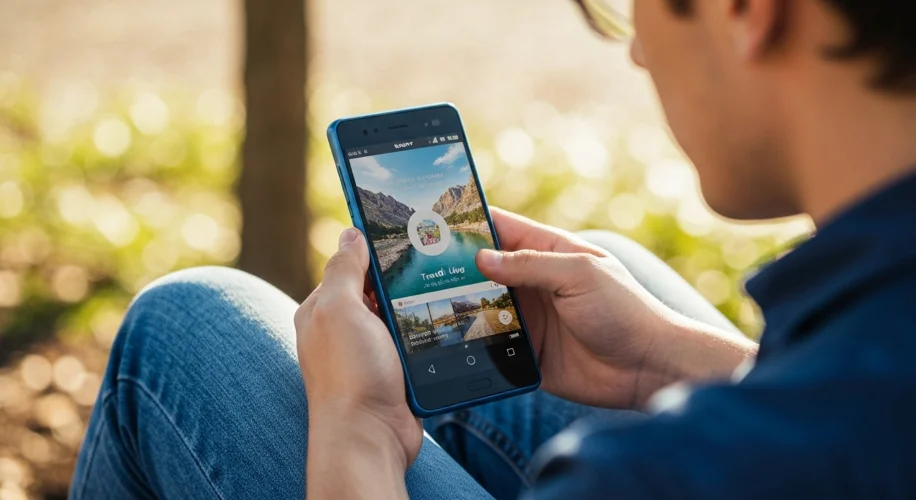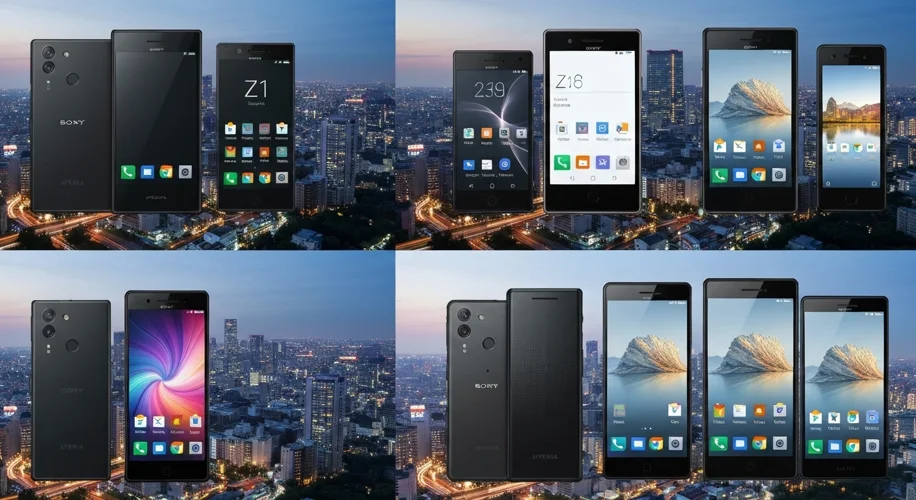In the ceaselessly evolving landscape of mobile technology, few names have navigated the currents of innovation and competition quite like Sony’s Xperia line. Since its inception, Xperia has been more than just a brand; it has been a testament to Sony’s enduring legacy in electronics, attempting to carve out its own distinct identity in a market dominated by giants.

The story of Xperia begins in the early days of the smartphone era, a time when mobile phones were rapidly transforming from simple communication devices into pocket-sized computers. Sony Ericsson, a joint venture between the Swedish telecommunications company Ericsson and Japan’s Sony Corporation, launched the first Xperia phone, the Xperia X1, in 2008. This was a bold statement. The X1 was a premium device, featuring a striking “arc slider” design with a full QWERTY keyboard and running on Windows Mobile. It was a device that screamed sophistication and aimed squarely at the high-end market, a bold move in a nascent but rapidly growing segment.
The early years of Xperia were characterized by experimentation and a clear desire to blend Sony’s prowess in consumer electronics with mobile connectivity. Models like the Xperia X10, released in 2010, marked a significant shift as it embraced the burgeoning Android operating system. This transition was pivotal. Android, with its open nature and rapidly expanding app ecosystem, offered a far greater potential for growth and wider market appeal. The X10, with its distinctive “Timescape” and “Mediascape” interfaces, aimed to integrate social networking and media consumption in a unique Sony way, showcasing Sony’s signature user experience.
However, the mobile market is a battlefield, and Xperia faced relentless competition. Nokia, with its established dominance, BlackBerry, the darling of the business world, and the rapidly ascending Apple iPhone and Samsung Galaxy devices presented formidable challenges. Sony Ericsson, and later Sony Mobile Communications after Sony fully acquired Ericsson’s stake in 2012, found it difficult to consistently capture significant market share. Despite this, Sony remained committed, continuously iterating and improving its offerings.
A key characteristic of the Xperia line has always been its emphasis on multimedia and display technology, drawing directly from Sony’s heritage in cameras (Alpha), televisions (Bravia), and audio equipment. Models like the Xperia Z series, starting in 2013, became synonymous with premium design, often featuring sleek glass and metal constructions and water-resistance capabilities – a practical innovation that set them apart. The “OmniBalance” design language of the Z series, with its flat surfaces and sharp edges, offered a distinct visual identity.

Sony also made significant strides in camera technology, integrating its acclaimed Exmor RS image sensors and BIONZ processing engines into its smartphones. The pursuit of the “best camera phone” was a recurring theme, with Xperia phones often lauded for their manual camera controls and image quality, appealing to photography enthusiasts. Similarly, audio quality was a consistent focus, with technologies like Hi-Res Audio playback and front-facing stereo speakers enhancing the multimedia experience. The introduction of the “CinemaWide” display with a 21:9 aspect ratio in later models, like the Xperia 1 series, was another bold move, catering to cinephiles who wanted a more immersive viewing experience for movies.
The challenge for Xperia, however, lay in translating these technological strengths into widespread market success. While often praised for their build quality, display, and camera capabilities, they struggled to gain the same level of brand recognition and consumer loyalty as their primary competitors. Pricing was often a factor, with Xperia devices often positioned at a premium that didn’t always translate into perceived value compared to rivals.
Despite the struggles, Sony’s commitment to the Xperia brand has been remarkable. They’ve continued to innovate, exploring new form factors and technologies. The recent push towards a more focused, creator-centric approach, emphasizing camera, display, and audio for content creation, reflects a strategic shift. This strategy aims to leverage Sony’s core competencies to appeal to a specific, passionate user base rather than attempting to capture the mass market.

The legacy of Xperia is a complex one. It’s a story of a technology giant striving to assert its presence in a fiercely competitive arena. While it may not have achieved the sales volumes of some competitors, the Xperia line has consistently represented Sony’s dedication to quality, innovation, and a distinctive user experience. It stands as a reminder that even in the face of immense pressure, a commitment to core strengths and a clear vision can continue to shape a brand’s identity and contribute to the rich tapestry of technological history.
The Xperia journey continues, a testament to Sony’s enduring spirit in the ever-changing world of mobile.

